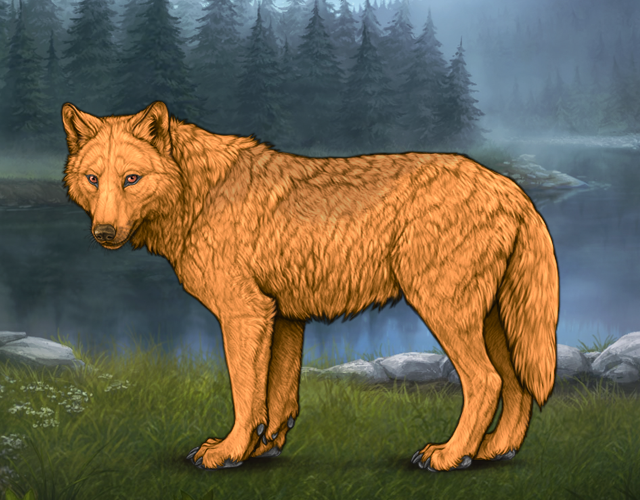TBC
-------------------------------------------------------------------------------------------------------------------
Sirius (, designated α Canis Majoris (Latinized to Alpha Canis Majoris, abbreviated Alpha CMa, α CMa)) is the brightest star in the night sky. Its name is derived from the Greek word Σείριος Seirios "glowing" or "scorching". With a visual apparent magnitude of −1.46, Sirius is almost twice as bright as Canopus, the next brightest star. Sirius is a binary star consisting of a main-sequence star of spectral type A0 or A1, termed Sirius A, and a faint white dwarf companion of spectral type DA2, termed Sirius B. The distance between the two varies between 8.2 and 31.5 astronomical units as they orbit every 50 years.[24]
Sirius appears bright because of its intrinsic luminosity and its proximity to the Solar System. At a distance of 2.64 parsecs (8.6 ly), the Sirius system is one of Earth's nearest neighbours.
Sirius is gradually moving closer to the Solar System, so it will
slightly increase in brightness over the next 60,000 years. After that
time, its distance will begin to increase, and it will become fainter,
but it will continue to be the brightest star in the Earth's night sky
for the next 210,000 years.[25]
Sirius A is about twice as massive as the Sun (M☉) and has an absolute visual magnitude of +1.42. It is 25 times more luminous than the Sun,[12] but has a significantly lower luminosity than other bright stars such as Canopus or Rigel. The system is between 200 and 300 million years old.[12]
It was originally composed of two bright bluish stars. The more massive
of these, Sirius B, consumed its resources and became a red giant before shedding its outer layers and collapsing into its current state as a white dwarf around 120 million years ago.[12]
Sirius is known colloquially as the "Dog Star", reflecting its prominence in its constellation, Canis Major (the Greater Dog).[18] The heliacal rising of Sirius marked the flooding of the Nile in Ancient Egypt and the "dog days" of summer for the ancient Greeks, while to the Polynesians,
mostly in the Southern Hemisphere, the star marked winter and was an
important reference for their navigation around the Pacific Ocean.

 Hunter
Hunter